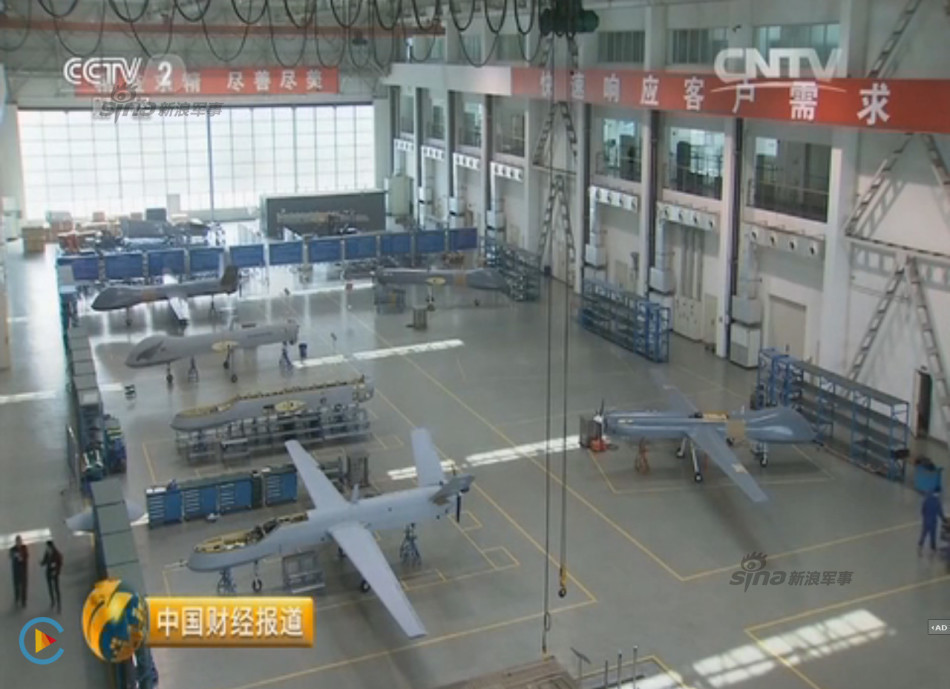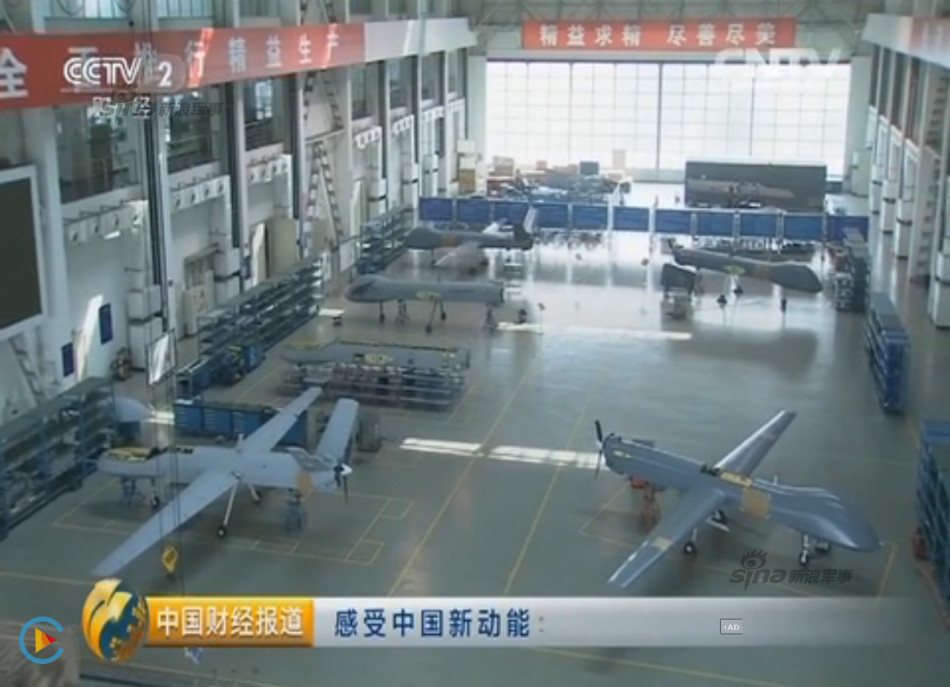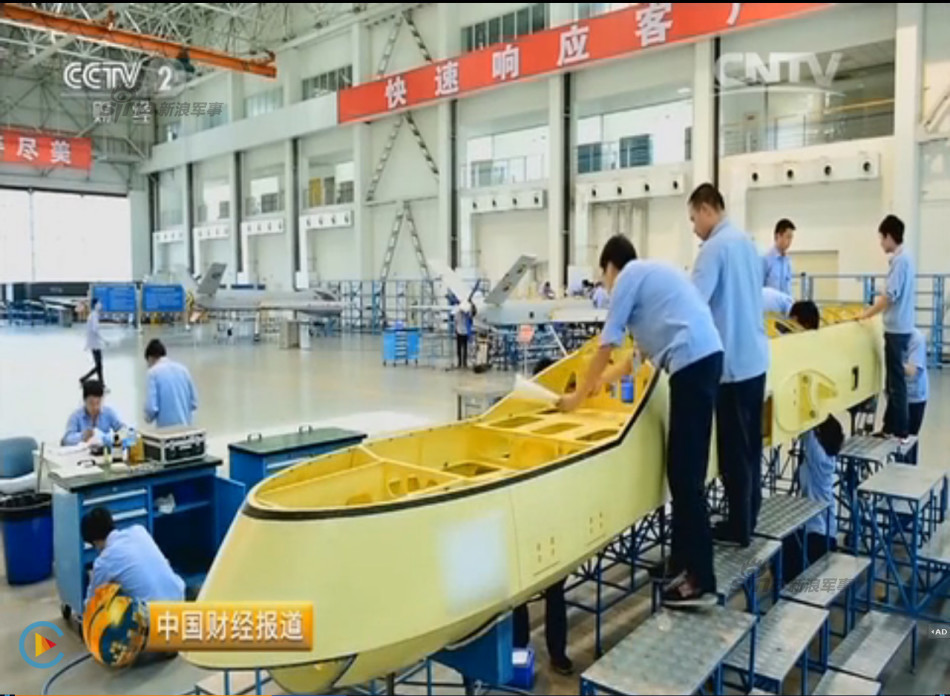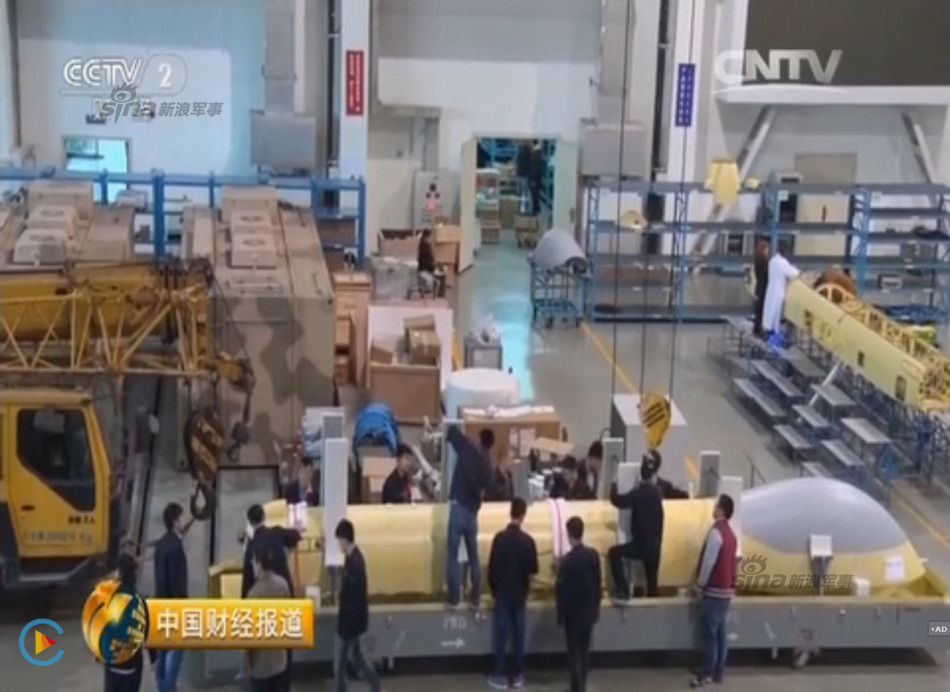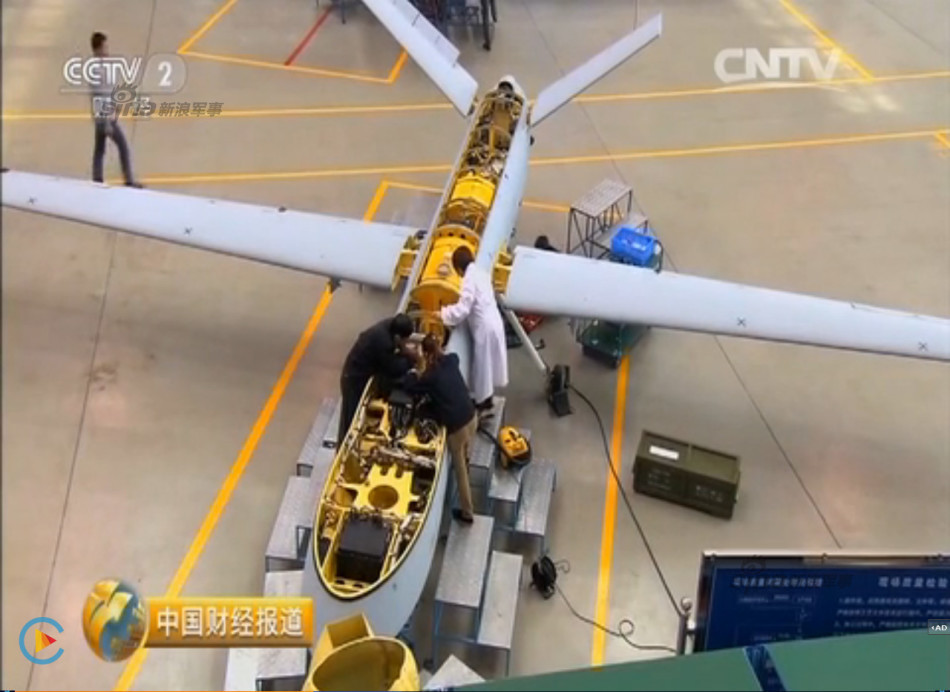You are using an out of date browser. It may not display this or other websites correctly.
You should upgrade or use an alternative browser.
You should upgrade or use an alternative browser.
Chinese UAV/UCAV development
- Thread starter AssassinsMace
- Start date
- Status
- Not open for further replies.
Can some tell me who is the better UCAV, CH-4 or Wing Loong?
And what about CH-5 and Wing Loong II ?
CH-4 seems to offer a slightly larger payload than Wing Loong (two ATGMS rather than one), and also has the option to carry a surface search or SAR radar which Wing Loong lacks. But I think CH-4 is probably also more expensive than Wing Loong.
As for Wing Loong II vs CH-5, I believe Wing Loong II is a larger aircraft with more payload, and of course we don't know the relative cost of either of these aircraft.
I think there is far more overlap in capability between CH-4 and Wing Loong I vs CH-5 and Wing Loong II
I think there is far more overlap in capability between CH-4 and Wing Loong I vs CH-5 and Wing Loong II
That's the result of rivalry between the aviation industry and the space industry, both were desperately searching for business. So far Wing Loong has been the winner in the domestic market, and both scored some points in the international market.
plawolf
Lieutenant General
How come they got rid of the canards for CH-4? Does that allow for greater space within the head?
Typically, you use all moving canards for agility, and fixed canards to improve stability.
The CH3 is actually a very interesting UCAV to look at, because it has so many unusual and unique design features and qualities, some of which looks even a little contradictory.
Firstly, looking at the general shaping and surface finish, especially at the wing roots and from behind, you get the distinct feeling this thing wanted to be a flying wing stealth.
By the wheel pods, huge canards and wingtip vertical stabilisers all cancel out most of any RCS reduction benefits from the fuselage shaping.
I think a stealth wing was the starting point. However, given that this was the first major UCAV for the company, the small size of the drone, and the likely target price range, it was soon realised/decided that going with a cutting-edge stealth wing design was probably not viable.
This, in my view, is where the canards and wing tip stabilisers came in. To help simplify the flight control software requirements, thus lowering the technical challenge and costs (both development and production) of the design.
It is worth noting that the CH4 went with a far more conventional layout for a non-stealth drone design.
So, to sum up, I think they started with a slightly too ambitious a goal when they set off with the CH3, and had to ultimately settle for a bit of a compromised result, which proved less popular with the PLA than the Wing Loong.
However, I think that the CH3 may well be resurrected in the future, once the Chinese aviation industry has built up enough experience with its more conventional UCAVs, to start working on stealth wing designs for future UCAVs.
If you take the core fuselage of the CH3 and enlarge it, knock off the canards, wing tips and wheel pods, use a jet engine and you pretty much have a design that is entirely in line with the stealth wing designs currently being developed in Europe and the US.
Even with all those non RCS friendly features, the CH3 probably still has a much smaller RCS compared to conventional shaped UCAVs like the Wing Loong, which may well be a factor in Pakistan choosing it, since unlike most UCAV operators, the PAF would have to expect to operate their drones without total air superiority/dominance in the event of a major conflict breaking out.
Wing Loong mass production.
Nice, .. but already posted two pages ago !
by78
General
CH-901 man-portable, tube launched unmanned aerial vehicle (UAV) and loitering munition.


According to :
A Poly official said it has been in development for "several years" and that both versions have been acquired by China's People's Liberation Army. This official added that while "several friendly countries" have shown interest, there have been no foreign sales so far.
One operating system weighs 45 kg and consists of three UAVs, one launch tube and a laptop computer control system. It is man-portable or can be carried by a small SUV.
The 1.2 m length aircraft weighs 9 kg, flies at a speed of 150 km/hr and has an operating radius of 15 km or a search endurance of 120 minutes.
Its small search and tracking camera is able to detect targets out to 2 km. The electric motor is credited with "low noise" that helps concealment. The aircraft has a life span of 20 sorties or 10 years.
Poly officials declined to provide details about the warhead of the loitering munition version.


According to :
A Poly official said it has been in development for "several years" and that both versions have been acquired by China's People's Liberation Army. This official added that while "several friendly countries" have shown interest, there have been no foreign sales so far.
One operating system weighs 45 kg and consists of three UAVs, one launch tube and a laptop computer control system. It is man-portable or can be carried by a small SUV.
The 1.2 m length aircraft weighs 9 kg, flies at a speed of 150 km/hr and has an operating radius of 15 km or a search endurance of 120 minutes.
Its small search and tracking camera is able to detect targets out to 2 km. The electric motor is credited with "low noise" that helps concealment. The aircraft has a life span of 20 sorties or 10 years.
Poly officials declined to provide details about the warhead of the loitering munition version.
Bet these things are selling like hot cakes.
plawolf
Lieutenant General
Bet these things are selling like hot cakes.
Maybe not. These are niche UAV/UCAVs, which are going to remain the domain of special forces for the foreseeable future (conventional forces are less likely to be deployed so close to the action, especially in today's increasingly casualty averse stand-off and outsourced conflicts).
That inherently limits their market.
With the proliferation of high performance commercial drones at reasonable costs, I think most irregular, and even some conventional militaries are probably happy with relying on high-end DJI for their frontline aero surveillance needs.
The biggest selling point of this drone is going to be its direct attack capabilities. How well that goes down will depend a lot of the unit price and warhead size, since we do not yet have either of those pieces of information, I think it's a little premature to judge how successful this drone will be.
- Status
- Not open for further replies.

